If you’ve ever spent hours crafting an email only to hear crickets — welcome to the club. The truth is, over 64% of salespeople say their emails are never even opened (HubSpot, 2024), which could be improved by considering the recipient's interests. That’s not just discouraging — it’s lost revenue sitting in the inbox.
This guide is here to fix that. You’ll find sample email to client for new business that actually get replies, not the digital equivalent of being ghosted.
Whether you’re reaching out to a new client or rekindling interest from a prospective client, these proven formats will help you start real conversations, build credibility, and close deals faster.
So, grab your coffee — we’re turning your inbox into your next sales engine that can make a significant impact.
Why a Well-Structured Business Introduction Email Can Win or Lose a Deal

- Creates a Positive First Impression: Your first line decides if your new client takes you seriously. Keep your tone polite and confident. A short, well-structured email builds trust right away.
- Grabs the Reader’s Attention Quickly: Use a clear subject line and avoid long intros. Mention something specific about the prospect’s company or industry to show you did your homework.
- Shows a Genuine Interest in the Prospect’s Company: Personalize your message. Reference a project they recently worked on or a problem you can solve. This shows genuine interest and builds credibility.
- Highlights a Clear Value Proposition: Tell them what’s in it for them. Focus on how your solution saves time, reduces costs, or drives business growth.
- Addresses Pain Points Directly: Identify the pain points your potential client faces. Offer a quick fix or helpful idea, not a sales pitch.
- Encourages Desired Action: End with a simple call to action—like scheduling a quick call. Keep it friendly and easy to reply to.
- Increases Chances of Follow-Up Success: Don’t stop after one email. Send a polite follow up email a few days later. Most deals happen after the second or third follow up.
A thoughtful, clear message shows respect for your reader’s time—and that’s what turns prospects into new clients, aiding in building rapport.
Understanding the Core Elements of a High-Converting Sales Email Template

1. Attention-Grabbing Subject Line
Your subject line is the first thing your target audience sees. If it doesn’t stand out, your email won’t even get opened.
How to do it: Here are the key elements you need to consider.
- Keep it short — under 50 characters.
- Mention the prospect’s company name or pain point to make it personal.
- Use curiosity or value: for example, “Quick idea to save time for [Company Name].”
- Avoid spammy words like “free” or “urgent.”
According to Campaign Monitor (2024), emails with personalized subject lines get 26% higher open rates, a crucial aspect of successful email marketing.
2. Personalized Opening Line
The first line should show that you understand the prospective client and their needs.
How to do it:
- Reference something specific — like a recent achievement or article from the prospect’s industry.
- Add a friendly touch: “I saw your recent post on LinkedIn and really liked your insights.”
- Keep it genuine; avoid sounding robotic.
This small effort builds trust and increases your chances of getting a response.
3. Clear Business Introduction
This is where you tell the reader who you are and why you’re reaching out.
How to do it:
- State your company name and what you do in one simple line.
- Don’t oversell. Focus on how your service helps solve a pain point.
- Example: “At [Company Name], we help potential clients simplify outreach using smart automation.”
This short introductory email style feels respectful and keeps attention. You can also use a simple introduction email template to make outreach faster and more consistent.
4. Strong Value Proposition

A value proposition explains the benefit — why should they care?
How to do it:
- Focus on outcomes: cost savings, business growth, or time efficiency.
- Use clear data if possible — “Our clients saw 35% more leads in 60 days.”
- Keep it centered on the potential customer, not your brand.
A strong value proposition makes your email template stand out from dozens of cold emails.
5. Relevant Content for the Target Audience
Every line of your sales email template should match your reader’s needs and tone.
How to do it:
- Avoid long paragraphs; use short sentences or bullets.
- Include social proof like customer testimonials or a success story.
- Add a call to action that’s easy to say yes to — like scheduling a quick call.
- Plan a follow up email after a few days if you don’t get a reply.
By focusing on relevant content and a friendly tone, your sample email to client for new business won’t just reach inboxes — it’ll start conversations that lead to deals, especially if you address similar challenges.
6. Social Proof and Credibility
Social proof means showing that others already trust or benefit from you. It helps new readers believe your offer is real and safe.
How to do it:
- Add short customer testimonials or a quick success story. Example: “We helped [Company Name] increase leads by 30%.”
- Include real numbers or results whenever you can.
- Mention well-known potential clients or partners you’ve worked with.
- Use friendly quotes that feel personal, not staged.
When readers see proof, they’re more likely to reply or schedule that quick call. Research shows that emails with case studies get 36% more replies (HubSpot, 2024).
7. Compelling Call to Action
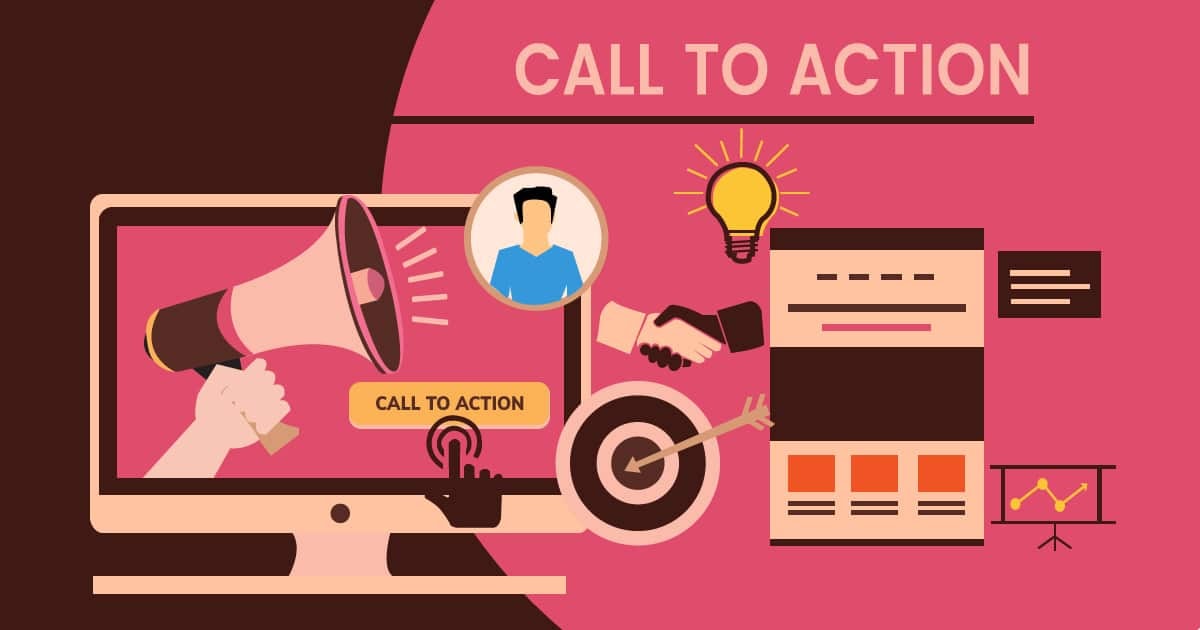
A call to action (CTA) tells your prospective client what to do next. Without it, even a great email template can fail.
How to do it:
- Keep your CTA short and clear: “Would you like a 10-minute demo?”
- Use polite, action-based language: “Let’s talk about your goals this week.”
- Limit one CTA per sales email template. Too many options confuse readers.
- End with a benefit, not pressure: “I believe this could help your business growth.”
A sample email to client for new business should always close with one strong next step, ideally prompting the first meeting.
8. Professional Yet Friendly Closing
This is how you sign off your business introduction email. It’s your final impression.
How to do it:
- Use welcoming language and a warm tone.
- Sign off with best regards or kind regards—it’s polite and professional.
- Add your full name, role, and company name for clarity.
- If relevant, include a link to your LinkedIn profile or website.
A personal touch makes you memorable to your new client or potential customer.
9. Follow-Up Friendly Format
A follow up email reminds your prospective clients you’re still interested—without being pushy.
How to do it:
- Wait two to three days before your first follow up.
- Keep it short and helpful—offer a new idea or resource.
- Restate your value proposition and thank them for their time.
- Stay polite, even if they don’t respond right away.
Most deals happen after a follow up, not the first email. So, keep your tone patient, clear, and mutually beneficial.
6 Sample Email to Client for New Business (Copy and Customize)
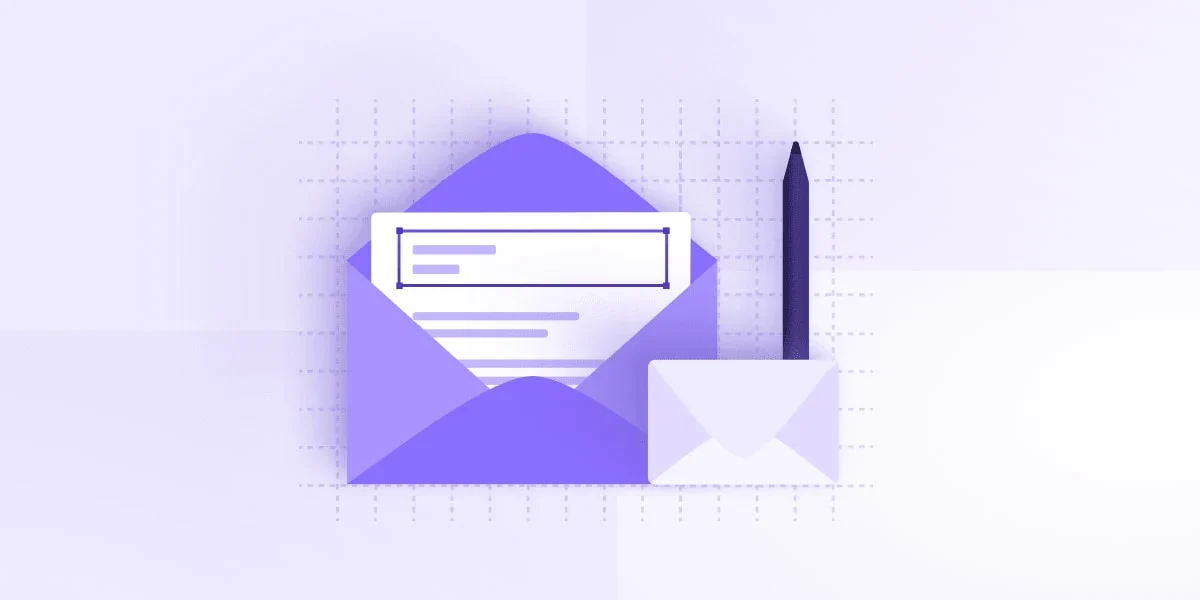
1. The Cold Email That Starts Real Conversations
2. The Value Proposition Email for Potential Clients
3. The Pain Point Email for New Clients
4. The Follow-Up Email That Gets Replies
5. The Social Proof Email to Establish Trust
6. The Quick Call Email That Converts Prospective Clients
How to Build Strong Relationships with a Prospective Client

1. Understand the Prospect’s Needs First: Before sending your first message, learn what your prospective client actually needs.
- Research their company name, products, and target market.
- Find their biggest pain points through LinkedIn, reviews, or social media.
- Ask yourself: “What problem can I help them solve right now?”
When your email speaks to their real challenges, it feels personal and relevant.
2. Show Genuine Interest: Your business introduction email should sound like it’s written for one person—not copied and pasted.
- Mention something specific about the prospect’s company or industry.
- Use friendly language that shows genuine interest.
- Add a personal touch like, “I recently worked with a similar company facing [specific challenge].”
People like doing business with those who actually care.
3. Personalize Every Interaction: Personalization builds trust faster than any sales email template.
- Use their first name and the company name in your message.
- Reference previous chats or prior contact.
- Adjust your call to action to match their needs.
Small details make your introductory email stand out in a crowded inbox.
4. Establish Credibility Early: You can’t build a relationship without trust.
- Include customer testimonials or a short success story.
- Share your track record or a result from a similar company.
- Keep your tone confident but friendly.
Strong credibility turns a potential client into a long-term partner.
5. Follow Up Thoughtfully: A polite follow up email can make all the difference.
- Wait a few days before you follow up.
- Keep it short, with a reminder of your value proposition.
- Add something new—like a relevant content link or quick idea that helps.
Most deals happen after multiple follow ups, not the first email.
6. End with a Mutually Beneficial Offer: A good relationship works both ways.
- Suggest a quick call to explore a mutually beneficial idea.
- Show how working together drives business growth or cost savings.
- End politely with best regards and a friendly tone.
When you focus on shared success, you don’t just close a deal—you establish trust that lasts.
Crafting the Perfect Subject Line for Your Business Introduction Email
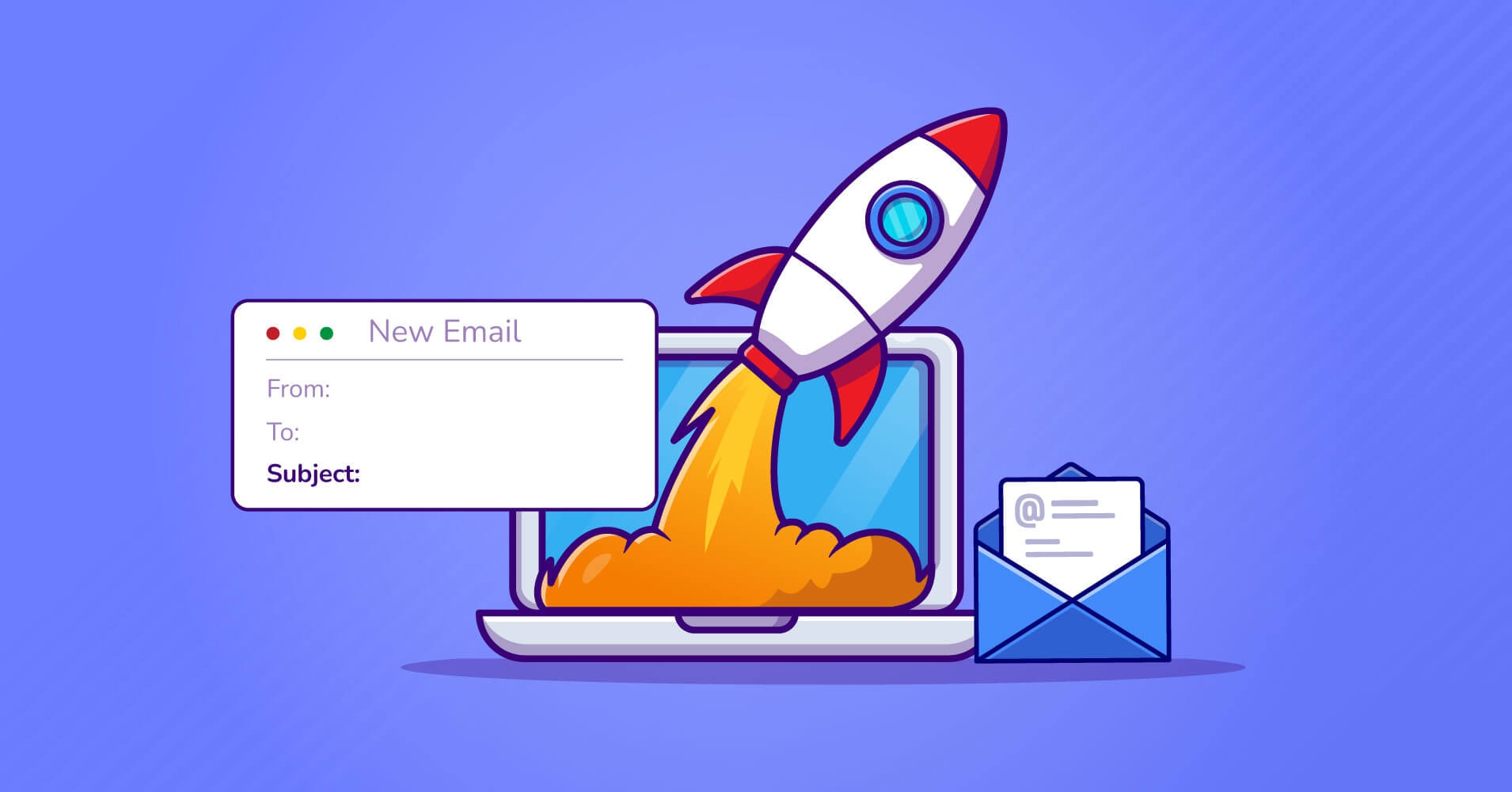
1. Keep It Short and Relevant
A short subject line helps your email stand out in a crowded inbox. Long ones get cut off, especially on mobile.
How to do it:
- Keep your subject line under 7 words or 40 characters.
- Focus on what matters most — your value proposition.
- Avoid clickbait or vague phrases like “Let’s connect.”
Example:
✅ “Helping [Company Name] Cut Costs by 20%”
❌ “A Quick Note to Introduce Myself and My Business”
A short, direct message shows confidence and relevance — exactly what a prospect’s company wants to see.
2. Personalize for the Prospect’s Company
Personalization makes your introduction email feel human. It shows the recipient that you did your research.
How to do it:
- Use the company name in the subject or opening line.
- Mention a specific pain point or recent event related to their business growth.
- If possible, refer to a prior contact or project.
Example:
✅ “[Prospect’s Company] + [Your Company]: A Quick Idea”
✅ “Saw Your Recent Launch — Congrats, [Name]!”
Emails like these create trust and spark curiosity because they show genuine interest.
3. Highlight Value, Not Features
A good subject line doesn’t sell your product — it sells the result.
How to do it:
- Focus on the outcome, like cost savings, time efficiency, or new leads.
- Connect your value proposition to their pain points.
- Make it clear how the reader benefits.
Example:
✅ “Save Time and Boost Sales with One Simple Change”
✅ “How [Company Name] Increased Revenue Using Automation”
Your call to action begins right in the subject line. By promising value upfront, you increase open rates and show that your business introduction email is worth reading.
4. Use Action-Oriented Language

Action words motivate readers to take the next step. They spark interest and guide the reader toward a desired action like opening your email or scheduling a quick call.
How to do it:
- Start with verbs like “Discover,” “Improve,” “Try,” or “See.”
- Keep it simple and focused on the value proposition.
- Match your subject line with a strong call to action in your email template.
Example:
✅ “See How [Company Name] Doubled Conversions in 30 Days”
✅ “Book a Quick Call to Discuss [Prospect’s Company] Goals”
People love clear direction — give them one, and they’ll follow.
5. Avoid Spam Triggers
Spam filters kill even the best business introduction email. Certain words or styles can send your sample email to client for new business straight to the junk folder.
How to do it:
- Avoid using all caps or too many exclamation points.
- Skip spammy words like “free,” “urgent,” or “limited time offer.”
- Write like you’re talking to a real person, not pitching.
- Always personalize using the company name or prospect’s company.
Example:
✅ “Ideas to Help [Prospect’s Company] Save Time This Quarter”
❌ “ACT NOW! Limited Offer for Your Business!!!”
When your subject line feels natural and genuine, it passes filters and earns trust.
6. Test and Track Performance
Even the best marketers don’t guess — they test.
How to do it:
- Use A/B testing to compare different subject lines.
- Track open and click-through rates to learn what works.
- Try small changes — a new opening line, personalization, or tone.
- Keep the one that gives higher opens or replies.
Example:
✅ “Let’s Talk About [Company Name]’s Next Step in Growth”
✅ “Your [Prospect’s Industry] Strategy — Quick Feedback?”
Using tools like Alore or HubSpot helps you test your email campaigns easily. Over time, you’ll find what your target audience clicks on the most.
How to Write a Follow-Up Email That Revives Cold Leads
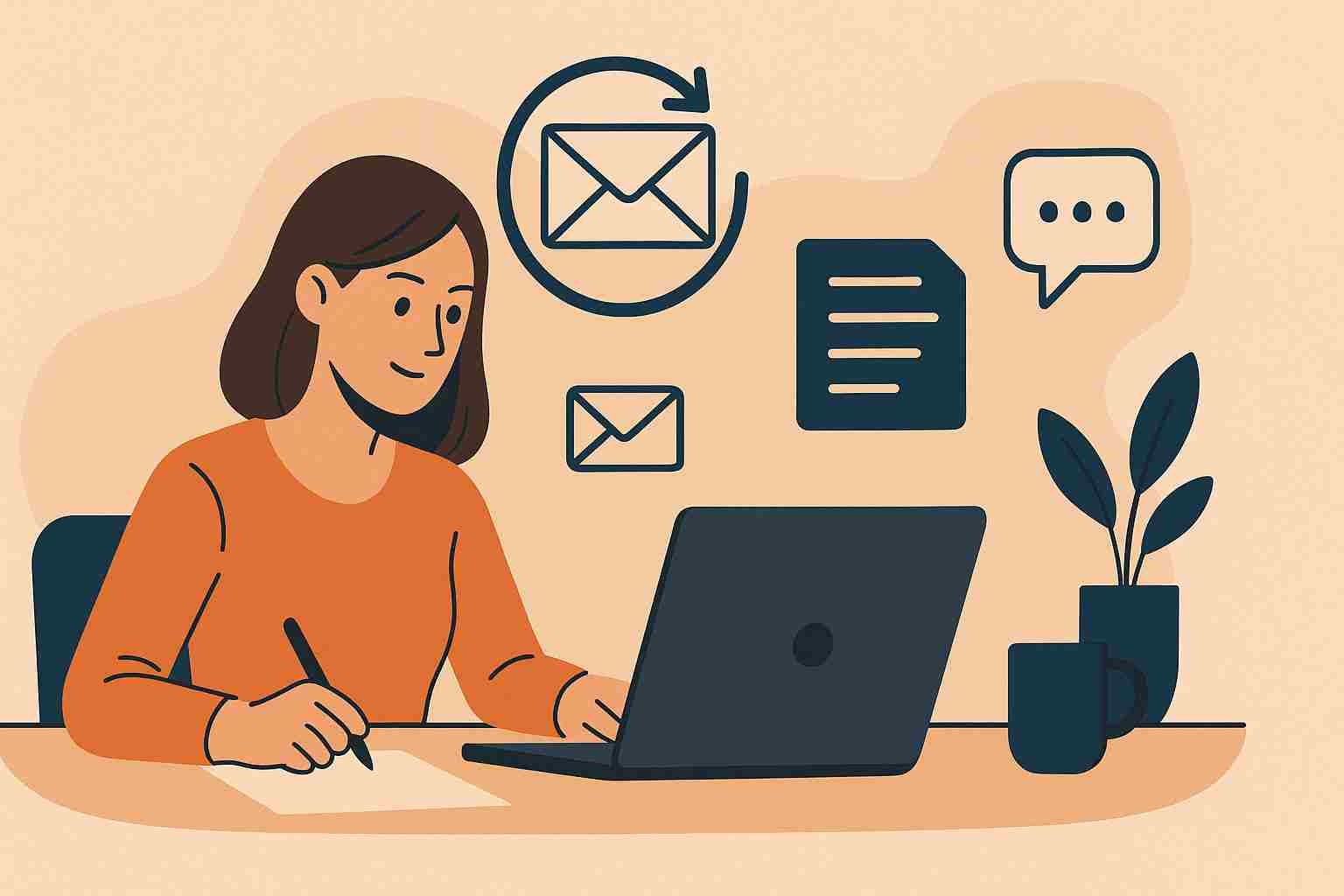
1. Start with Context and Prior Contact
Always begin your follow up email by reminding the reader who you are and what your last interaction was.
How to do it:
- Mention your prior contact briefly — for example, “I reached out last week about how [Company Name] can support [Prospect’s Company].”
- Keep it short, friendly, and specific.
- Avoid repeating your earlier pitch; just reintroduce the topic politely.
This shows professionalism and jogs the memory of a busy potential client.
2. Acknowledge Their Pain Points
Cold leads often lose interest because your previous message didn’t fully address their pain points.
How to do it:
- Mention one or two key challenges you help solve.
- Use empathy. Example: “I understand how time-consuming lead tracking can be.”
- Connect your relevant content or solution directly to their business growth.
When you show real understanding, you earn trust faster.
3. Add New Value or Insight
Don’t repeat the same offer. Share something new.
How to do it:
- Add a small insight, case study, or success story.
- Share a free guide, demo, or example of how a potential customer achieved similar results.
- Keep it helpful, not salesy.
Your goal is to spark curiosity again.
4. Keep the Tone Polite and Welcoming

The right welcoming language makes your email feel warm, not robotic.
How to do it:
- Use phrases like “hope you’re doing well” or “thank you for your time.”
- Keep a personal touch by mentioning the recipient’s role or prospect’s industry.
- Stay friendly but professional throughout.
5. End with a Clear Call to Action
Every good sales email template needs direction.
How to do it:
- Add a short, mutually beneficial closing line like, “Would you be open to a quick call next week?”
- Offer two time slots to make it easy to reply.
- Sign off politely with “Best regards” and your name.
A strong call to action keeps the momentum going.
6. Know When to Follow Up Again
If there’s no reply, wait at least 5–7 days before sending another follow up. You can reference your earlier message again briefly.
Persistence matters — but timing does too. The best sample email to client for new business is one that balances confidence with respect.
Common Mistakes That Make Sales Email Templates Fail

- Weak or Irrelevant Subject Line: A weak subject line makes your email easy to ignore. Keep it short, clear, and relevant to the prospect’s company. Use a personal touch like “Quick idea to help [Company Name] grow.” In a sample email to client for new business, your subject line should show value, not sound generic.
- No Clear Value Proposition: If your reader doesn’t see the benefit, they won’t care. State your value proposition clearly — how your offer solves their pain points or drives business growth. Example: “Our tool saves your team 10 hours weekly.” Simple benefits work best in a sales email template.
- Missing or Weak Call to Action: Without a clear call to action, readers won’t know what to do next. Always end with one clear step — like “Would you be open to a quick call this week?” A polite, mutually beneficial request increases replies to your business introduction email.
- Overloading with Information: Too much text turns readers away. Keep your email short and easy to scan. Focus on one goal, share only relevant content, and avoid making it time consuming to read. In any sample email to client for new business, clarity beats detail.
- Ignoring Follow-Up Strategy: One email isn’t enough. Send a polite follow up email if there’s no reply — ideally within a week. Mention your prior contact, offer something new, and keep your call to action simple. Regular follow ups show genuine interest, not pressure.
- No Social Proof or Trust Signals: Without social proof, your email feels unconvincing. Add a short success story, client mention, or customer testimonial to build trust. Use your company name and close with best regards to sound professional. It’s small, but it builds credibility fast.
How to Measure the Success of Your New Business Emails

1. Track Open and Reply Rates
Open and reply rates show how engaging your subject lines and opening lines are. If few people open your emails, your subject line may not be catching attention. Tools like HubSpot or Mailchimp can track these numbers easily.
Tip: Test different subject lines in your sales email templates to find which ones get the most opens and replies.
2. Monitor Click-Through and Conversion Rates
Click-through rates (CTR) tell you how many people clicked links inside your business introduction email. Conversions show how many turned into new customers or leads.
How to do it:
- Use UTM tracking in your links.
- Compare CTRs from different email templates to see which message drives more actions.
3. Analyze Follow-Up Performance
A follow up email often closes deals that the first one doesn’t. Check how many people reply after your second or third follow-up.
What to do: Space your follow ups wisely—every 3–5 days—and always add fresh value. A thoughtful follow-up shows genuine interest and keeps your potential client engaged.
4. Review Response Quality
Not all replies are equal. Track how many responses lead to real conversations, meetings, or demos. This helps you judge if your emails are reaching the right target audience or just drawing casual interest.
Pro tip: Short, friendly messages with a clear value proposition often get better replies.
5. Measure Lead-to-Deal Conversion
The best sample email to client for new business is one that turns interest into sales. Calculate how many leads from your campaign became paying clients.
How to track: Use your CRM to measure every step—from first email to deal closed. A strong call to action and clear follow-up plan help improve this rate.
6. Use A/B Testing for Continuous Improvement
Don’t guess—test. A/B testing means sending two versions of an email to see which performs better. Try different subject lines, tones, or CTAs in your email marketing campaigns.
Example: One version could start with a story, while the other goes straight to the offer. Track which brings more clicks and conversions to optimize future campaigns.
Frequently Asked Questions When Reaching Out to a New Client

When reaching out to a new client, certain questions often arise. Addressing these questions thoughtfully can help establish credibility, foster engagement, and set the foundation for a strong working relationship.
Let’s break down these frequently asked questions and provide straightforward, actionable insights.
1. How do you introduce yourself (or your company) in an email to a new client?
- Start by clearly stating who you are and the reason for reaching out. Mention your company’s name and highlight a key value point.
- For example, “Hi [Client’s Name], I’m [Your Name], and I specialize in [specific expertise]. At [Your Company], we help businesses like yours achieve [specific outcome].” Keep it short, direct, and professional.
2. How do you write a professional email asking for information?
- When requesting information, be polite and concise. Clearly state what you need and why.
- For instance, “Could you please provide details about [specific topic] so we can move forward with [next step]?” Adding a brief explanation of how their response will help ensures a higher likelihood of cooperation.
3. How do you write a welcoming email to a new client?
- A welcoming email sets the tone for your working relationship. Express appreciation for their decision to work with you. Include a friendly greeting, a brief overview of what they can expect, and contact information for any questions.
- For example, “Thank you for choosing [Your Company]. We’re thrilled to have you on board. Here’s what’s next: [brief summary]. If you have any questions, feel free to reach out.”
4. How to write a business email to a new client?
- A well-crafted business email should be clear, respectful, and informative. Start with a friendly introduction, outline the purpose of the email, and end with a call to action.
- For example, “I’d love to schedule a quick call to discuss how we can support your goals.”
5. How do you introduce a new business in an email?
- When introducing a new business, keep it brief and highlight your unique selling points. Mention the problem you solve, the results you deliver, and how the client can benefit.
- For instance, “I’m excited to introduce [Your Business], which specializes in [solution]. We’ve helped clients achieve [specific success metric], and we’d love to do the same for you.”
6. How to write an email to a client requesting requirements?
- Politely ask for details and set expectations for the information you need.
- For example, “Could you please provide the specifications for [project/task]? This will help us ensure that we meet your requirements and deliver the best results.”
7. How to welcome a new client by email sample?
- A welcoming email could look like this: “Dear [Client Name], welcome to [Your Company]. We’re excited to partner with you and are here to support your needs.
- If you have any questions or need assistance, don’t hesitate to reach out. We’re looking forward to working together.”
"Ready to enhance your client outreach and drive business growth? Discover how Alore's all-in-one outbound sales platform can streamline your email campaigns and improve engagement. Visit Alore.io to learn more and get started today."
Conclusion
Writing a sample email to client for new business is not just about words — it’s about building real connections.
A clear message, strong subject line, and personal email template can turn a cold email into a deal. Always keep your potential customers in mind, show genuine interest, and end with a strong call to action.
Don’t forget to test your emails, learn from every follow up, and keep improving. When done right, your emails can bring new clients, grow your business introduction, and help you achieve measurable success — one message at a time.

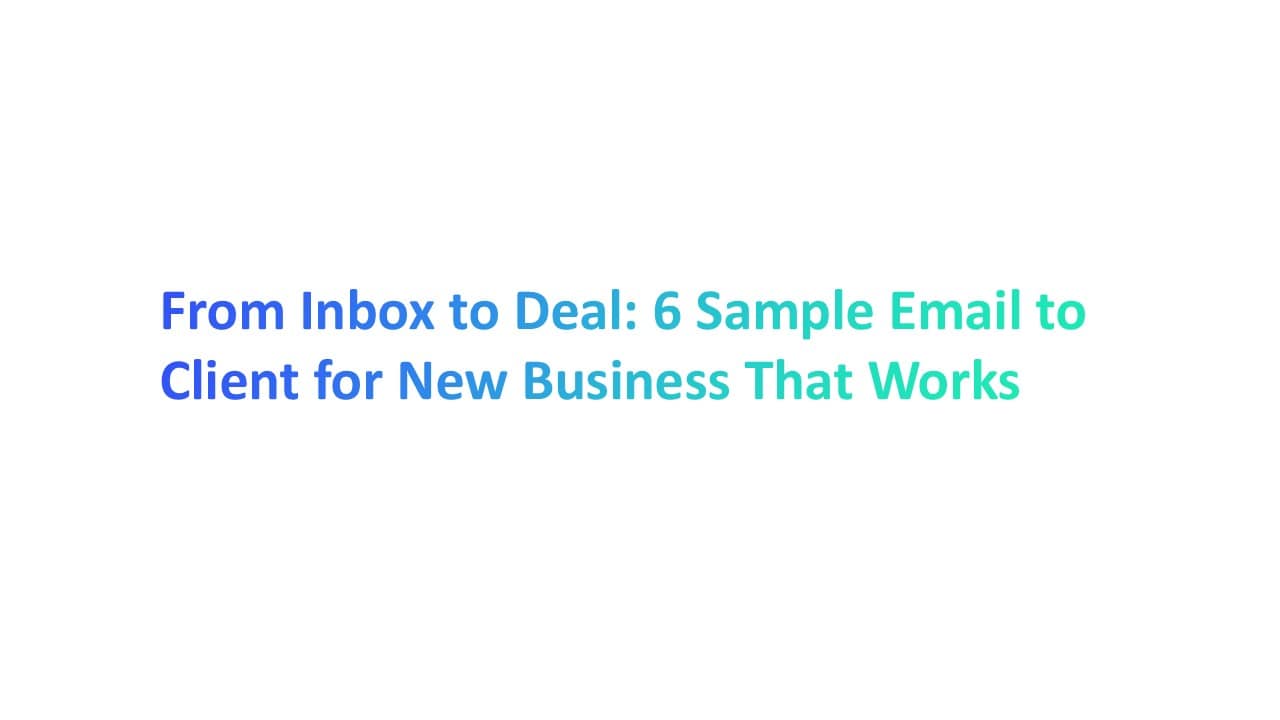



.png)

